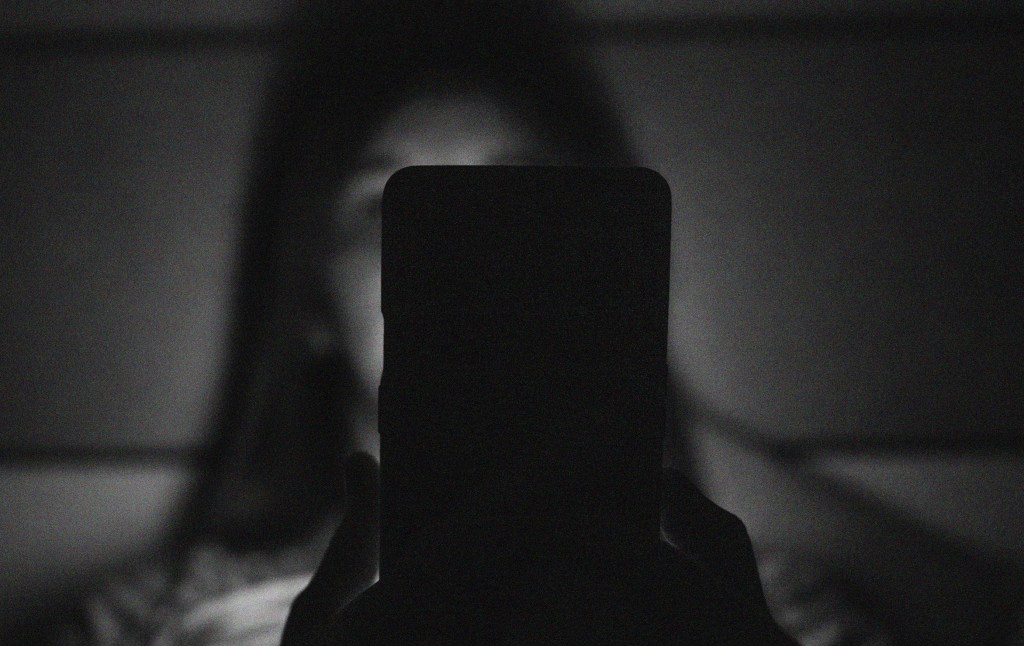
When we talk about porn, we are never talking about just one thing. This itself is the premise of gender and sexuality journalists Jo Bartosch and Robert Jessel’s Pornocracy: We live in a culture dictated, and in several ways subjugated, by pornography as a multi-armed, powerful entity. Porn has had measured, deleterious effects on brain development, relationships, politics, gender relations and more—all of which Bartosch and Jessel detail at length. The only conclusion to draw from Pornocracy is that yes, porn is indeed bad. But what porn are we even talking about?
Without defining this question, Pornocracy leaves the porn-critical reader with little new. The problems that the book describes feel urgent, desperately in need of a solution to protect young people and the entire future of love, sex, and romance. But even so, those problems have become familiar, at least for those likely to read a book about pornography at all.
Bartosch and Jessel provide ample evidence of how the world of pornography is riddled with content that is often misogynistic and abusive at best and fully illegal and amoral at worst. There is porn that depicts women unconscious, women crying, women seemingly being forced to perform acts against their will. And through the “Coolidge effect,” Bartosch and Jessel frequently remind the reader, the average sexually curious young man is transformed into a depraved sadist.
There is no denying that this does happen, at least to some, and that pornocrats likely want this to happen. But who exactly are the pornocrats, and what exactly are their aims? The book does not quite leave us with a concrete answer besides Aylo, formerly known as MindGeek, the parent company behind PornHub, Brazzers, and several other major porn brands. The pornocracy has various advocacy groups and lobbyists on its side, encouraging an ethos of unquestioned sex positivity and unrestrained access to increasingly harmful content to younger and younger audiences. With this, the reader is asked to consider porn to be one cohesive entity, with Aylo as the primary antagonist. This is, once again, a familiar framing. But rather than encourage readers to abstain from PornHub, specifically—a potentially more effective approach to combating the pornocracy—Bartosch and Jessel continue to describe pornography through one specific lens.
“I believe it is shameful to masturbate to scenes of coercion; to view real or simulated child abuse; to get off on incest and misogyny and much more besides,” says Jessel in his closing portion of the book. “I believe it hurts everyone involved in the transaction, from the performers pressured to enact rape scenes, to the spouses and children of porn addicts. And I believe it is impossible to be conscious of these facts while continuing to use pornography and not feel ashamed.”
This embodies what is missing from Pornocracy: that the significant majority of people who watch pornography likely agree with Jessel that the specific type of pornography he’s describing is bad, though they do not view the entirety of pornography as morally wrong. So who is he convincing? Yes, people should absolutely feel ashamed if they get off on the type of content Jessel describes. Yes, it is worth interrogating how easy it is for a person with otherwise “vanilla” desires to be lured toward this type of content. But this is not a hard sell to the casual porn watcher. Some research suggests that upwards of 90 percent of American men have viewed pornography at least once in their lives. We should hope that they aren’t all misogynistic pedophiles as a result.
What Pornocracy repeatedly shirks is the opportunity to consider a future in which people might enjoy content that falls under the broad umbrella of porn without engaging in the evil and insidious elements the book emphasizes. (For example, more straightforward porn of two consenting adults.) What possibilities are there for a world in which Aylo does not algorithmically push viewers toward the fringes, in which they responsibly manage their data, in which children’s malleable brains are protected from stumbling upon it? While Bartosch and Jessel are clear in detailing all of the ills of the pornocracy and why it’s worth combating, their only real solution is to just say no. Maybe that is indeed the ideal, but it also seems unrealistic. A more nuanced discussion of exactly which types of pornography are harmful—and for whom they are harmful—could yield better results for women and young people than lumping all pornography together as one.
Pornocracy moreover deals with gender in a manner that could use further explication. In the chapter “Pulled Apart by Porn,” for example, the authors argue that pornography has led to worsened relations between young men and women. They speak of “zombie feminism,” or how the type of feminism espoused by Andrea Dworkin has been distilled into a mindless call for empowerment that only really serves men or capital.
One thing Bartosch and Jessel don’t quite address, however, is that while zombie feminism is still alive and well, the gender war that zombie feminism and the manosphere have created is far more complicated than this description suggests. Though there’s no doubt that young women are still being drawn to platforms like OnlyFans in the hopes of making a killing, there is a growing faction of girls leaning toward a form of sexual conservatism. Often liberal and feminist in name, many of the women engaging in all the recent, highly mainstream discourse around “mankeeping” or whether having a boyfriend is “embarrassing” are participating in a broader shift of turning away from male desires. These women oppose pornography for many of the same reasons the authors do, and yet they’re largely ignored in the conversation.
Young men, too, are cultivating an ethos of sexual conservatism. In many cases, it is precisely because they grew up in a pornified culture exposed to extremes, and now oppose it. Unfortunately, as is briefly mentioned, this sexual conservatism is often still aligned with much of the misogynistic manosphere. While some young men may be avoiding pornography out of respect for women, there are also young men who avoid porn and also still explicitly hate women. Nick Fuentes’ “community” of far-right “groypers,” for example, hate women to the point of ousting members who date or sleep with them, and moreover believe the conspiracy that pornography is proliferated by Jewish people in an affront to Christianity.
Sexuality and gender relations are in a complicated, toxic state. Pornography is absolutely a contributing factor. But in order to untangle some of this mess, we are going to need to drill down on precisely which kind of porn we’re talking about. Porn is as broad a category as any other genre, but here we only discuss it as though the Scooby Doo franchise is the equivalent of a snuff film. The broader point of Pornocracy is that the pornocracy itself has obfuscated this, perhaps to the point of impossibility. Nevertheless, without further analysis from Bartosch and Jessel, we are only left with a repetition of all the ways porn can be bad. And didn’t we already know that?

















